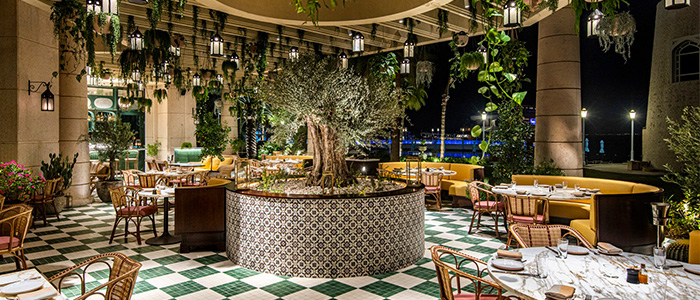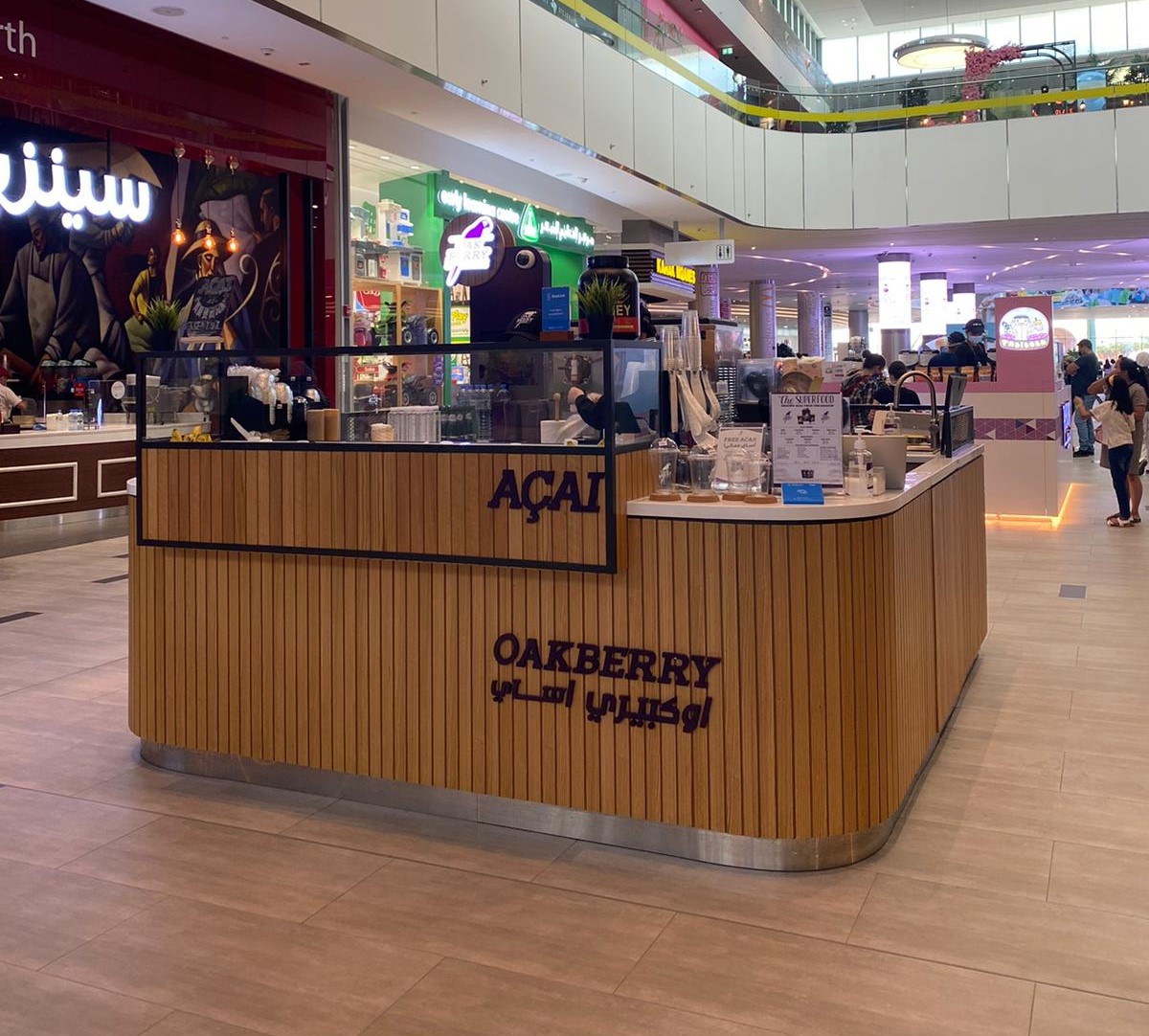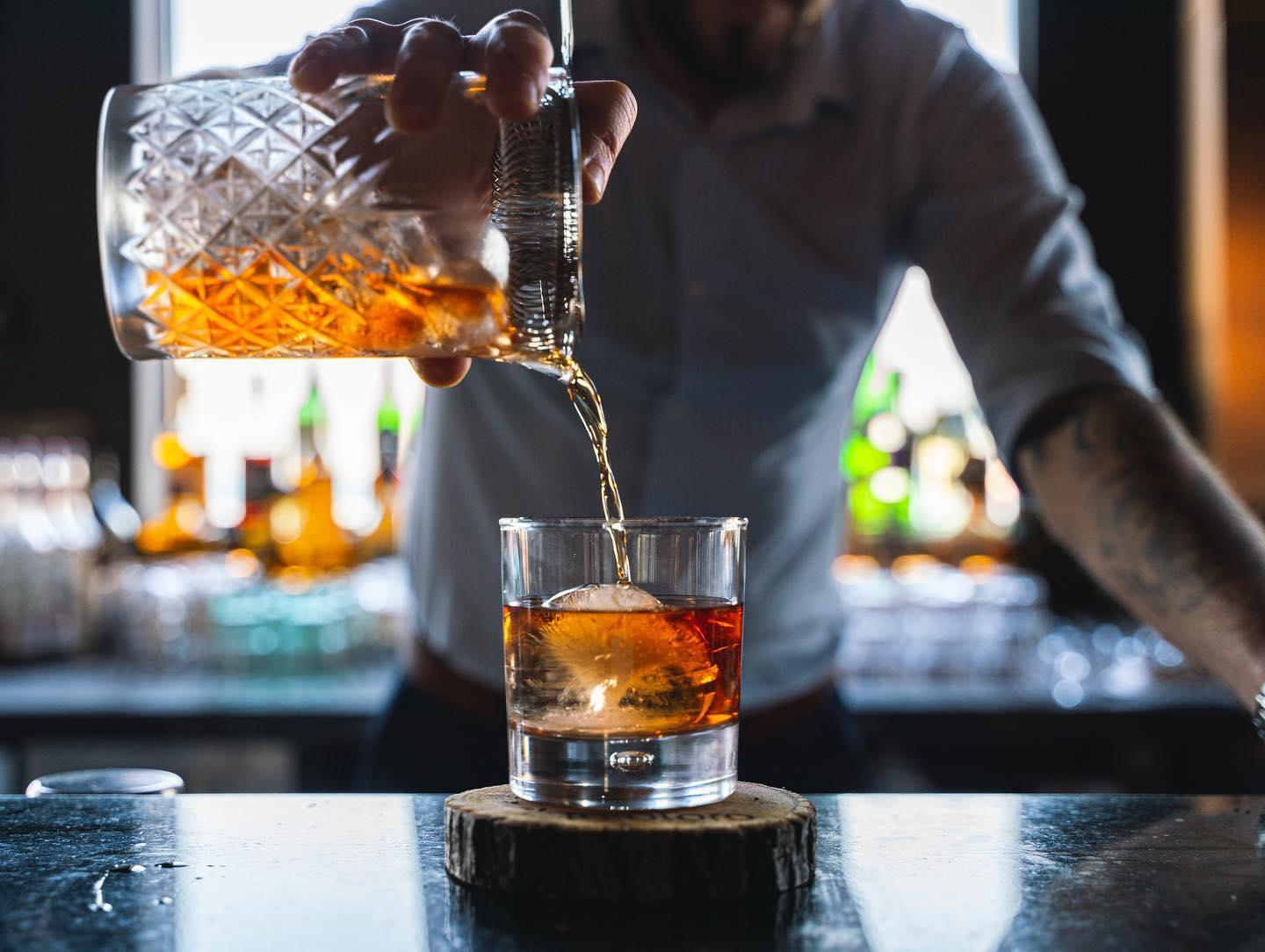Planning a date in Buenos Aires can be daunting. The possibilities are endless: dinner and a movie, dancing the night away at a club, a romantic dinner by the river or cocktails at a swanky bar. You want it to be special and memorable for the right reasons. How about a day date that combines the love of art with a meal? These five art museums are perfect for a date followed by lunch or afternoon coffee at the museum café.
1. MALBA – Museo de Arte Latinoamericano de Buenos Aires
The MALBA’s (Museo de Arte Latinoamericano de Buenos Aires) mission is to promote Latin American cultural productions from the turn of the 20th century onwards. The permanent collection, called Verboamérica, brings to life the history of Latin American art and society and is divided into eight themes illustrated by paintings, sculptures, photographs and the written word. Artists like Tarsila do Amaral (Brazil) and Miguel Covarrubias (Mexico) reflect the tensions and plights of Afro descendants and indigenous cultures. Also, José Clemente Orozco (Mexico) and Antonio Berni (Argentina) narrate the exploitation and organization of workers in the early to mid-20th century while Emilio Pettoruti (Argentina) depicts the migration from the countryside to the city. The museum also arranges temporary exhibitions, guided visits, book launches and films. Yes, the museum has a cinema so a dinner-and-a-movie type of date is possible.
A discussion about Latin American art forms has a perfect setting in the museum’s café overlooking the beautiful gardens. Café Marcello Dolce is light, airy and chic like the Palermo “Chico” neighborhood. Museum visitors and neighbors gather here every day for coffee and superb pastries or a delicious meal. The café and restaurant is accessible from the street, even when the museum is closed. It’s a place to see and be seen.
MALBA: Avenida Figueroa Alcorta 3415. Open Mondays to Thursdays from 12 pm to 8 pm, Wednesdays from 12 pm to 9 pm. Closed on Tuesdays.
Café Marcello Dolce: Open Sundays to Thursdays from 9 am to 8 pm, Fridays and Saturdays from 9 am to midnight.
2. Museo Evita
“Don’t Cry for Me Argentina” has become a bit of a cliché, especially since Madonna impersonated Evita Perón and performed this song. However, the Museo Evita avoids all that in its mission to promote the life, work, ideas and legacy of this highly controversial but very influential First Lady and politician. Her legacy includes fighting for and winning Argentinean women the right to vote in 1947. The collection is organized chronologically from her early years to her move to Buenos Aires, from her radio and TV career to becoming First Lady, from her political life to her illness and untimely death. Objects on display include original memorabilia, photos and video footage of her time and her remarkable wardrobe—she was a classy dresser. Braille system transcriptions are available throughout the museum. The museum is housed in a beautiful 1920’s mansion, which her foundation bought and restored in 1948 and where Evita opened the Hogar de Tránsito, a shelter for destitute women and children.
The museum’s restaurant and café is bike and pet friendly, a rare occurrence in Buenos Aires. The indoor section occupies the mansion’s former kitchens and service areas but the main attraction is the leafy patio. It’s ideal for a casual and relaxed date after an intense Argentinean modern history lesson. The porteño menu reflects Italian and Spanish influences with the rice dishes and house-made pasta. The café has a separate entrance round the corner from the museum’s main entrance.
Museo Evita: Lafinur 2988. Open Tuesdays to Sundays from 11 am to 7 pm. Closed on Mondays.
Café: Juan María Gutiérrez 3926. Open Mondays to Saturdays from 9 am to midnight. Sundays from 9 am to 7 pm.

3. Museo Nacional de Arte Decorativo
The thriving beef and grain trade of the late 19th and early 20th century brought about great prosperity mainly to the ranch-owning bourgeoisie. They captured and reflected this prosperity in the form of magnificent homes and private art and antique collections. The building that houses the Museo Nacional de Arte Decorativo (Decorative Arts Museum) is the former home of one of the richest families, the Errázuriz-Alvear. One of their descendants sold the mansion and the collections to the State on condition that they create a museum. Some of the rooms were kept almost intact and provide a glimpse into the everyday lives and activities of the elite. The museum’s permanent collection includes antique weapons, European miniatures from the 16th to 20th centuries, sculptures and paintings from the 16th to the 19th centuries, Asian decorative objects, tapestries and china. The temporary collections range from traditional Chines paintings to ceremonial masks to photography. There are guided visits in English with an extra charge.
The café is located in the former gatehouse, which replicates the mansion’s French Neoclassical style. The café’s name says it all: Croque Madame, their signature dish—a baked ham and cheese sandwich topped with béchamel sauce and a fried egg. The café provides a quite romantic setting for a date: a table under the trees with a view of the grand mansion and the elegant buildings that line Avenida del Libertador.
Museo Nacional de Arte Decorativo: Avenida del Libertador 1902. Open Tuesdays to Sundays from 2 pm to 7 pm.
Croque Madame: Open daily from 10 am until midnight.

4. Museo Sívori
Buenos Aires has many green spaces, but none outdo the Tres de Febrero park, also known as Bosques de Palermo, with nearly 40 acres. The Museo Sívori, located across from the rose garden’s bridge, is one of the park’s attractions. The museum has a large collection of Argentinean art spanning the 20th and 21st centuries. The works of art reflect the search for the unique identity of Argentinean art and includes movements from different decades, like Pop Art, Hyperrealism and the New Abstraction, to name a few. Every year, the museum acquires the paintings that won prizes at the competition organized in-house, the Salón Manuel Belgrano. Guided visits in English take place every Saturday at 5 pm.
After a romantic stroll in the rose garden and a visit to the museum, Café Sívori is a good place to stop for a delightful lunch or coffee and cake with fun names like Pecado Original—Original Sin—under the canopy of trees. The café sits across from the sculpture garden, intertwining art and nature.
Museo de Artes Plásticas Eduardo Sívori: Avenida Infanta Isabel 555, Parque Tres de Febrero. Open Tuesdays to Fridays from 12 p, to 8 pm, Sundays from 10 am to 8 pm. Closed on Mondays.
Café Sívori: Open Tuesdays to Sundays from 10 am to 9 pm. Closed on Mondays.
5. Colección Fortabat
Puerto Madero is the newest neighborhood of Buenos Aires. The old redbrick docks and new buildings house offices, homes, hotels, bars, a university and restaurants. And one museum: Colección Fortabat. Argentinean businesswoman Amalia Lacroze de Fortabat was an avid art collector and sponsored many fellow Argentinean artists in her lifetime. She decided to share her vast art collection with the world and created this museum in 2008. The layout of the collection reads like a chronological journey through art styles and movements. The gems of her collection are the paintings by Pieter II, Jan I Brueghel and William Turner, which vie for attention with the Dali and the Warhol.
Croque Madame has an outpost in this museum too. From the terrace, patrons can enjoy beautiful views of the river and the city and the golden sunsets.
Fundación de Arte Amalia Lacroze de Fortabat: Olga Cossettini 141, Puerto Madero Este. Open Tuesdays through Sundays from 12 pm to 8 pm. Closed on Mondays.

By Ana Astri-O’Reilly
Source: www.pastemagazine.com






Leave A Comment
You must be logged in to post a comment.